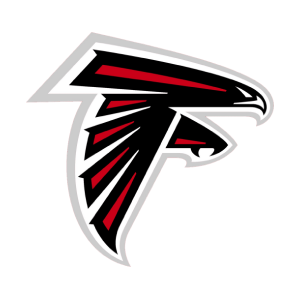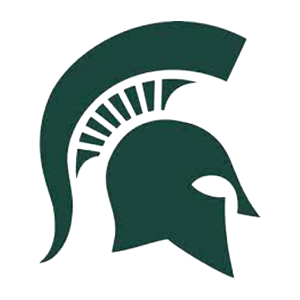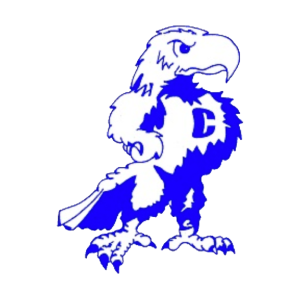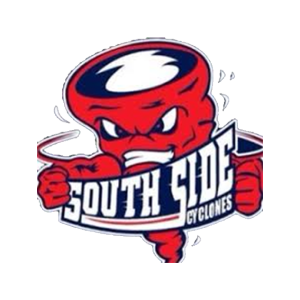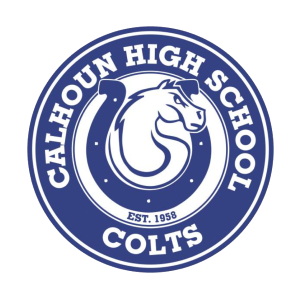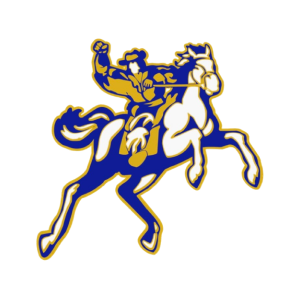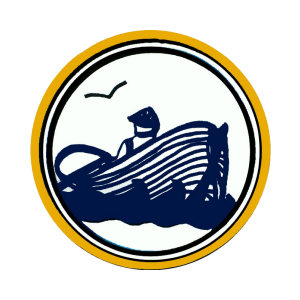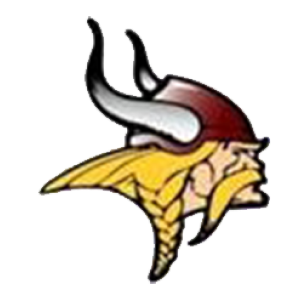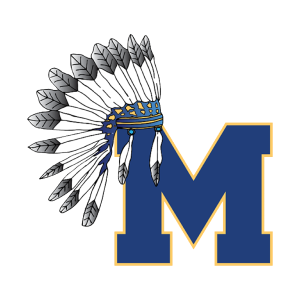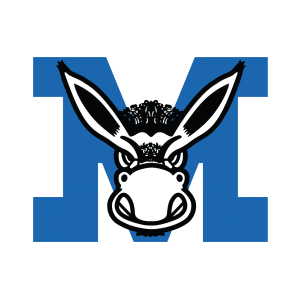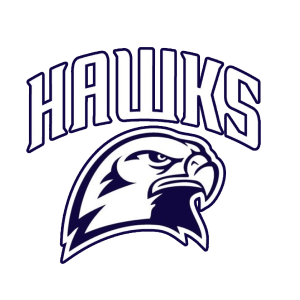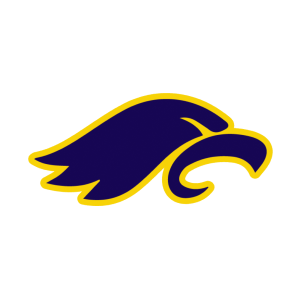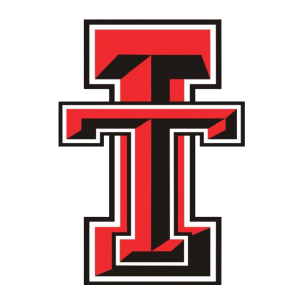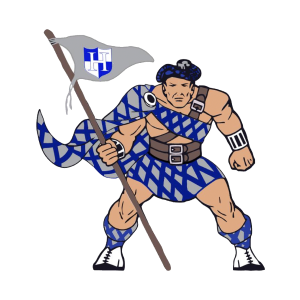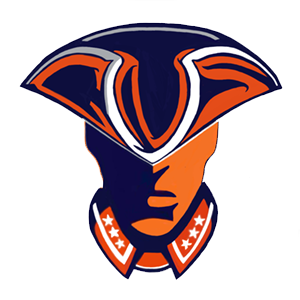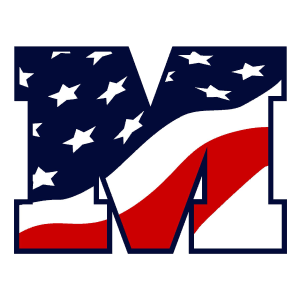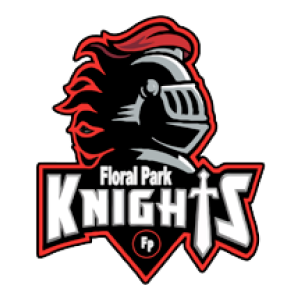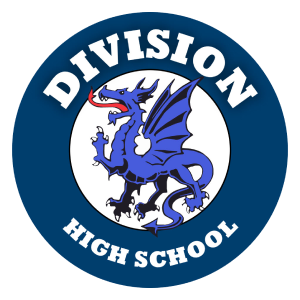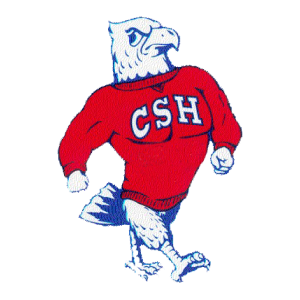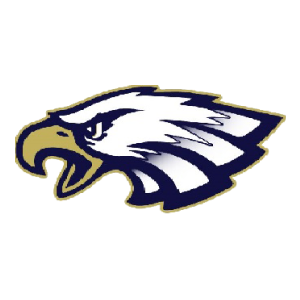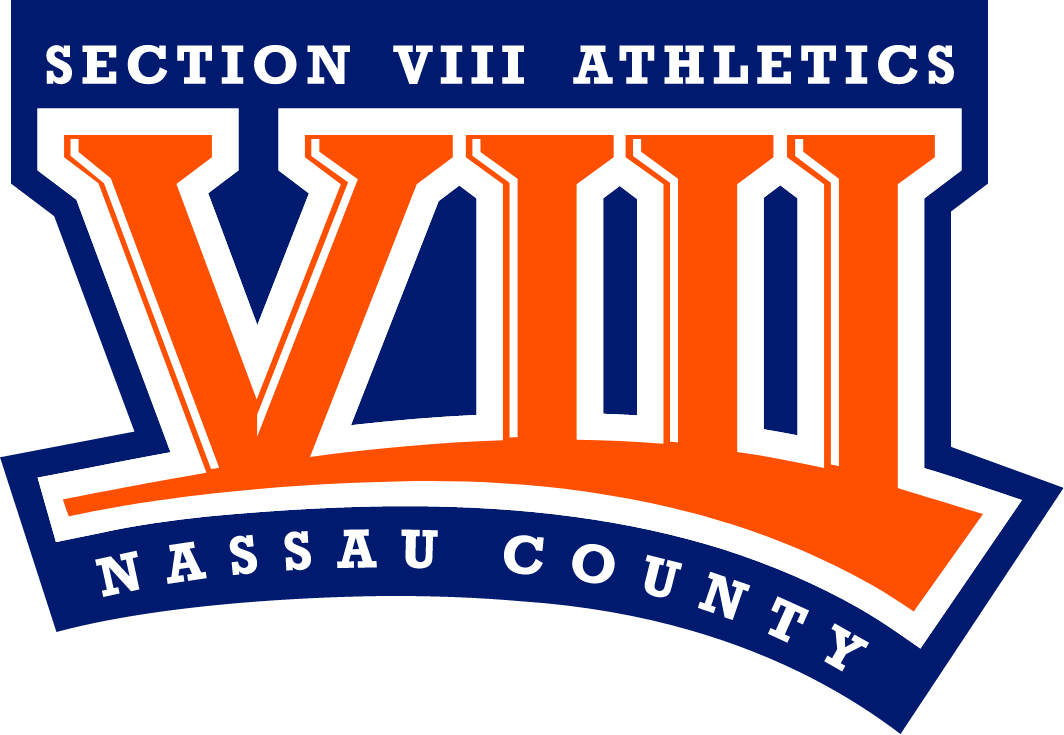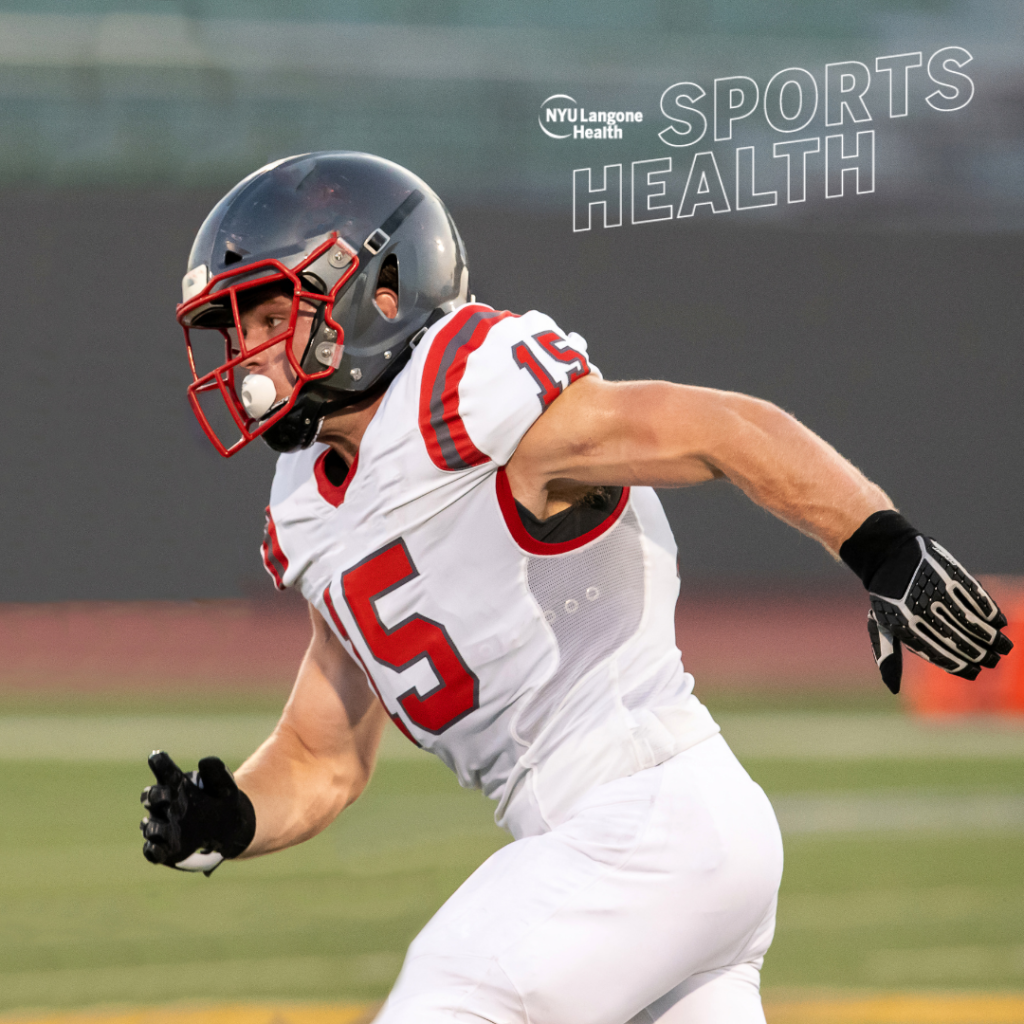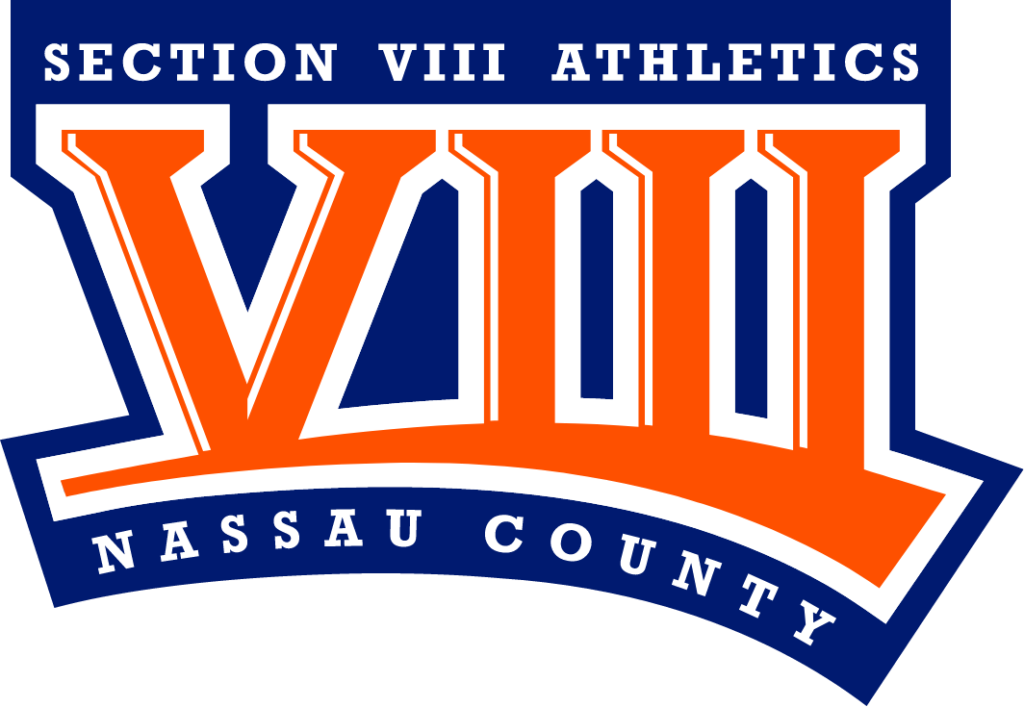Valuable information from Section VIII’s Official Partner in Health Education
Concussion in Football
Rupi Johal, MD
NYU Langone Hospital – Long Island
Primary Care Sports Medicine
Head impacts and concussions caused by contact sports are a growing epidemic among young athletes. When left undetected, concussions can result in long-term brain damage and may even prove fatal.
CDC reports show that the amount of reported concussions has doubled in the last 10 years.
The American Academy of Pediatrics has reported that emergency room visits for concussions in kids ages 8 to 13 years old has doubled, and concussions have risen 200 percent among teens ages 14 to 19 in the last decade.
High school football accounts for 47 percent of all reported sports concussions, with 33 percent of concussions occurring during practice.
Below, we will discuss what a concussion is, the signs, what to do if a concussion is suspected, and the protocol. As always, should you have more questions or concerns, please reach out to your NYU Langone Sports Health provider.
What is a concussion?
It is considered a type of traumatic brain injury (TBI) caused by a blow or jolt to the head or by a hit to the body that causes the head and brain to move rapidly back and forth within the hard skull. This sudden movement creates chemical changes in the brain and can stretch/damage brain cells.
Signs of a concussion:
Noted by Sideline team, coach, game official, parent:
• Poor balance
• Dazed or stunned
• Confusion (about assignment, play, position, etc)
• Forgetful
• Mood, behavior or personality changes
• Loses consciousness
Reported by player:
• Headache or head pressure
• Nausea or vomiting
• Sensitive to light or noise
• Balance dysfunction, dizziness
• “Doesn’t feel right”
If concussion suspected:
• Remove the Athlete from play right away!
• The Athlete should be evaluated by a qualified medical professional
• Inform parents/guardian about possible concussion
• Keep the athlete out of play until they are cleared by a qualified medical professional.
Return to Play and the Protocol:
• Stepwise approach to progress an athlete into activity safely
• Athlete must be symptom free for 24 hours and be given clearance to start return to play by a qualified medical professional to start protocol
• Only one step per day
• Work with parents and athletes to monitor for any return of symptoms with each step
• Can only move to the next step if the athlete remains symptoms free for 24 hours following the previous step
• If symptoms reappear, the athlete must sit out and discuss with their qualified medical professional.
What are the Steps:
1) Get the athlete back to regular non-athletic activities (school)
2) Light aerobic activity to increase heart rate slightly for 5-10 mins (bike, walk, light jogging; no weight lifting)
3) Moderate activity- continue to increase heart rate with body or head movements. Moderate jogging, brief running, moderate-intensity stationary biking or moderate intensity weightlifting (less time and/or less weight from their typical routine).
4) Heavy non-contact activity- add heavy non-contact physical activity (ex- sprinting, high intensity stationary bike or non-contact sport specific drills.
5) Full contact- in controlled environment like practice
6) Cleared for competition
Additional resources:
Sports-Related Concussion: Understanding the Risks, Signs & Symptoms – HealthyChildren.org
HEADS UP | HEADS UP | CDC
Coaches- SSI_ConcussionFactSheet_Coaches.pdf (ncaaorg.s3.amazonaws.com)
Athletes- SSI_ConcussionFactSheet_StudentAthletes.pdf (ncaaorg.s3.amazonaws.com)
References:
1) Centers for Disease Control and Prevention. (2020, November 19). Heads Up Safe Brain. Stronger Future.
2) Concussion Recognition and Response | USA Football






